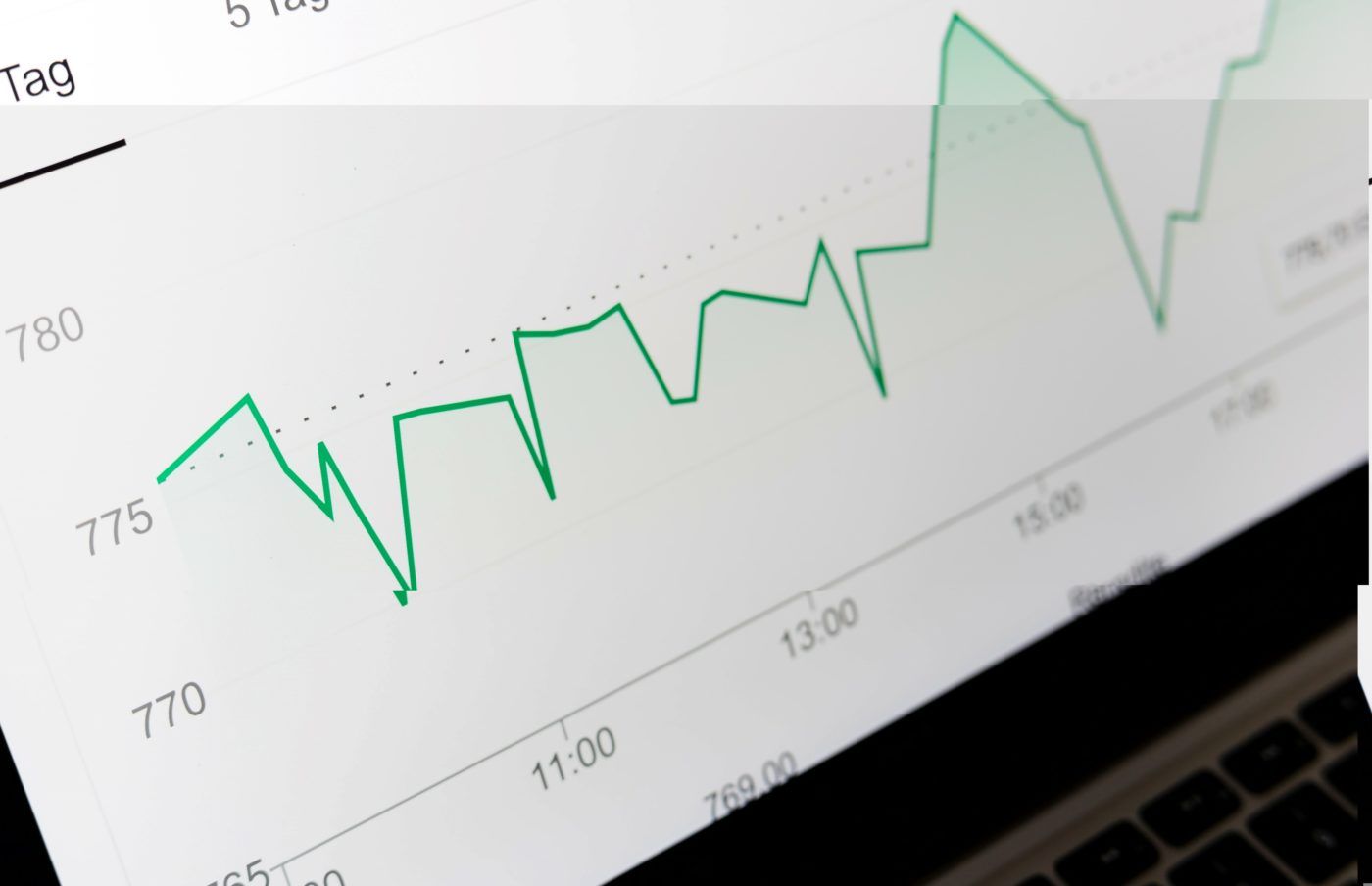Measuring the impact of your public relations (PR) efforts is essential in 2025. With brands investing heavily in PR to build awareness, credibility, and authority, knowing what’s working and what isn’t ensures that time and resources are spent effectively. The good news is that there are many ways to measure PR success today, from traditional media metrics to digital insights that provide deeper, data-driven evaluations of performance.
Historically, metrics such as Advertising Value Equivalent (AVE) and Readership Figures have been used to determine the value of PR coverage. However, while metrics like AVE can provide a rough estimate of earned media value, it falls short in measuring actual impact. AVE figures can be inflated and vary significantly between publications, making them unreliable indicators of PR success. More importantly, they fail to capture how well PR efforts align with business objectives.
How Can I Best Measure My PR Activities?
The key to meaningful measurement is ensuring that the metrics used align with specific PR goals. For example, if a campaign aims to generate backlinks, the focus should be on backlink quality, domain authority and volume. Conversely, if brand awareness is the goal, metrics like share of voice and brand mentions will be more relevant. No single metric is perfect, so a combination of measurements is often necessary to get a comprehensive understanding of PR performance. The combination of metrics you should use will depend on your unique marketing goals and what you are looking to get our of PR.
This article explores 11 of the most common and effective ways to measure PR efforts in 2025, providing a practical starting point for brands looking to evaluate their media impact.
Brand Mentions
Definition:
Brand mentions track how frequently a brand is referenced in media articles, blogs, and social media. Mentions can be analysed for volume, prominence, and frequency over time.
Pros:
- A simple and effective way to measure a brand’s penetration in media conversations.
- Can be tracked manually or with automated tools.
- Provides a real-time pulse on brand visibility.
Cons:
- Does not account for mention prominence within an article (e.g., buried in the text vs. headline mention).
- Does not factor in sentiment or publication quality.
- Requires manual research or third-party tools, which can be admin-heavy.
Brand Searches
Definition:
Brand searches measure the number of times a brand name is searched on platforms like Google, often using tools such as Google Keyword Planner and Google Trends.
Pros:
- Free and easy to track over time.
- Provides a good indicator of brand awareness growth.
- Can help measure PR impact on organic search interest.
Cons:
- Other marketing efforts (e.g., paid advertising) can influence search volume, making it difficult to attribute changes solely to PR.
- Seasonal trends or viral moments can skew results.
Brand Sentiment
Definition:
Brand sentiment analysis assesses whether media coverage and online discussions portray a brand positively, negatively, or neutrally. This is usually done using AI-driven tools or manual analysis.
Pros:
- Provides deeper insight beyond reach, helping brands understand public perception.
- Crucial during PR crises when brand mentions may spike for negative reasons.
- Can help refine messaging based on audience sentiment.
Cons:
- Requires advanced sentiment analysis tools, which can be costly.
- Automated tools may misinterpret sentiment; human oversight is often required.
- Some languages and contexts are difficult for AI to analyse accurately.
Share of Voice
Definition:
Share of Voice (SOV) in PR refers to the percentage of media coverage or brand mentions that a brand receives in comparison to its competitors within a specific industry or topic. This is often measured across news articles, blogs, and social media mentions.
Pros:
- Provides a benchmark for how well a brand is performing in media conversations compared to competitors.
- Can be broken down by topic using keywords, allowing brands to measure dominance in specific conversations.
- Offers insights into industry trends and PR positioning.
Cons:
- Requires third-party tools, which can be expensive and sometimes inaccurate.
- Focuses on competitive benchmarking without accounting for factors like sentiment or year-on-year growth.
- Does not indicate whether coverage is positive or negative.
Brand Perceptions
Definition:
Brand perceptions refer to how an audience perceives a brand, typically measured through surveys, focus groups, or social listening tools.
Pros:
- Useful for tracking changes in audience attitudes over time.
- Can provide qualitative insights that other metrics lack.
- Helps brands understand how messaging is received.
Cons:
- Does not provide reach metrics.
- Requires sophisticated research tools, making it expensive and/or resource-intensive.
- Time-consuming compared to automated analytics.
Unique Users
Definition:
Unique users refer to the number of individual visitors who engage with a third party website’s online content, such as media articles that result from press releases or PR activities. This metric helps gauge audience reach and engagement.
Pros:
- Provides an indicator of audience size and reach of the publications in which coverage is secured.
- Useful for measuring the effectiveness of PR campaigns in terms of overall reach and attracting fresh audiences.
Cons:
- Does not indicate depth of engagement or sentiment.
- Relies on media websites providing these figures, which can be inflated or outdated.
- Does not reliably tell you how many people read the article in which your brand was featured – just the number of unique users looking at a website.
Backlinks – Number
Definition:
Backlinks are inbound links from third-party websites to a brand’s website, often a key metric in both SEO and digital PR. Google’s algorithms see backlinks a bit like a vote of confidence in your website and they use backlinks to help determine search rankings. While there are many factors that can determine SEO performances, the quality and number of backlinks can indicate the extent to which they influence search rankings.
Pros:
- Provides insight into SEO impact of backlinks gained via digital PR.
- Tools like Ahrefs and SEMrush allow competitive benchmarking.
- Helps measure content amplification from PR efforts.
Cons:
- Focusing solely on quantity can incentivise low-quality backlinks.
- Does not reflect brand awareness impact of PR.
Backlinks – Domain Authority
Definition:
Domain Authority (DA) by Moz measures the perceived strength of a website’s backlink profile. A backlink pointing to your website from a third party website with a high DA suggests it will have more authority and a stronger SEO impact. There are many other similar metrics, such as Ahrefs’ Domain Rating or SEMrush’s Authority Score.
Pros:
- Helps assess link quality and long-term SEO benefits.
- Can be used for competitor comparisons.
Cons:
- Some high-DA websites may still be low quality.
- DA is not the only factor; topical relevance matters.
- Can fluctuate due to search engine algorithm changes.
Backlinks – Topic Relevance
Definition:
Topic relevance assesses whether backlinks come from contextually relevant websites, ensuring links contribute meaningfully to brand authority. For example, a link from the travel section of a national newspaper to a tour operator’s website is generally considered to be topically relevant.
Pros:
- Increasingly important for SEO impact and search rankings.
- Ensures PR efforts contribute to authority building in key sectors.
Cons:
- Few tools offer deep analysis; often requires a manual review.
- Some publications may be highly topical but lack quality.
Backlinks – Referral Traffic
Definition:
Referral traffic tracks users visiting a brand’s website via media coverage links, measured through Google Analytics or similar platforms.
Pros:
- Provides insights into direct traffic impact from PR efforts.
- Can highlight which media placements drive the most engagement.
Cons:
- Referral traffic is often low from editorial coverage.
- Context matters; not all publications drive equal traffic.
Correlations
Definition:
Correlation analysis examines trends to determine if PR activities align with changes in traffic, engagement, or sales.
Pros:
- Helps address attribution challenges in PR measurement.
- Can reveal patterns in PR effectiveness over time.
- Useful for identifying which PR tactics have the most impact.
Cons:
- Correlation does not imply causation; external factors may influence results.
- Requires comprehensive data analysis and expertise.
Measuring PR effectiveness requires a multi-faceted approach. Each metric has its strengths and limitations, and no single measurement method provides a complete picture. By aligning measurement strategies with PR objectives—whether backlinks, brand awareness, or sentiment—brands can build a more accurate understanding of their media impact.
To aid successful PR measurement, It is also often useful to start with more detailed objectives and targeting early on. For example, if your goal is to reach the most relevant audiences, early research can help to determine the sorts of publications your target audiences read most often. It is then possible to include securing multiple features in those publications as part of your PR targets and objectives.
However, combining multiple metrics ensures is key to providing a holistic view of PR performance while mitigating the weaknesses of any single metric. If you need help measuring your PR efforts, get in touch with Koozai’s digital PR team.






Leave a Reply